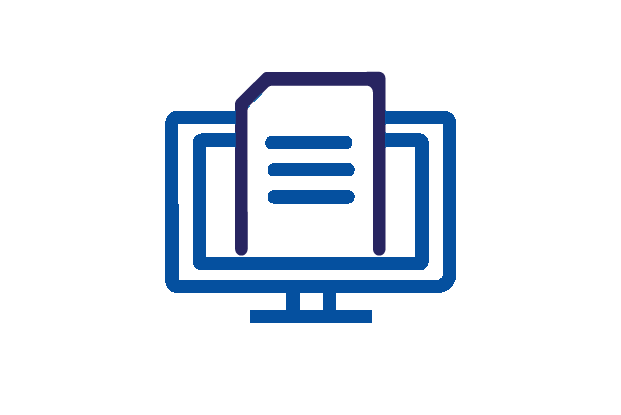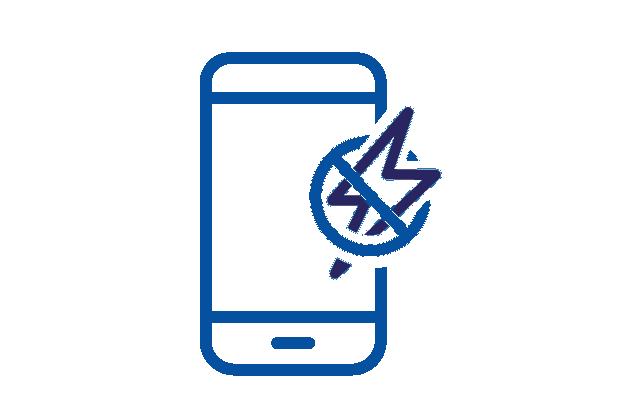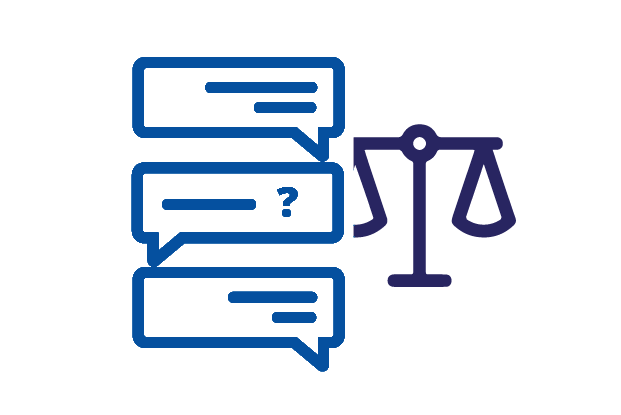Photo by Keira Burton from Pexels
In what setting?
Claiming platforms empower citizens who need vital government services, including social security, health care and personal identity. They seem to be an answer to unresponsive government agencies. They help people to cope with bureaucratic procedures and thus make services equally accessible.
Claiming platforms for vital public services are fast developing. Their effectiveness depends on the level of maturity of the public administration and judiciary in any country. Services that provide access to digital identity have proven to be useful in lower income countries. In the US, Turbotax is a private service helping to file tax returns, whereas in other countries the government has set up user-friendly tax filing portals. The more public services are effectively delivered by the state, the less claiming platforms are needed.
Claiming in high income countries is now mostly supported online, matching levels of access to the internet. In countries such as India, a sophisticated virtual platform is being taken door to door by local agents at village level. A hybrid service is also needed for some groups in high income countries (migrants, illiterate and low capability people). The offline help is then delivered by social workers and legal aid lawyers.







